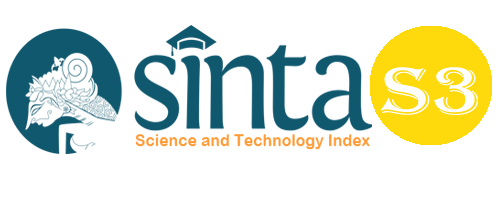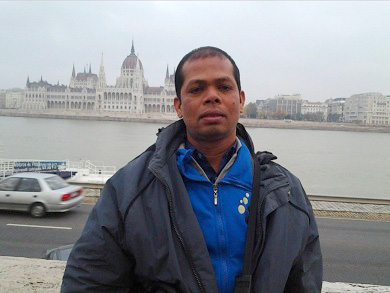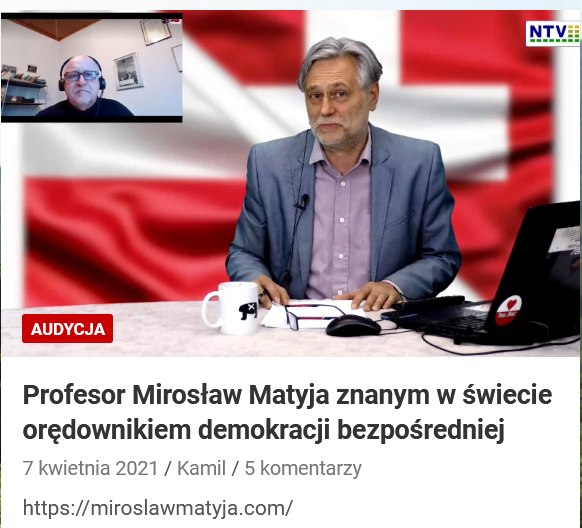Parents Views of Students on Islamic Education Learning at Home During Covid-19 Pandemic Period in Kecamatan Medan Marelan
Abstract
This study took 4 Islamic Religious Education teachers and 3 parents of students to convey their views on learning Islamic Religious Education at home during this pandemic. This study used qualitative research methods. It can be concluded in this study that learning Islamic Religious Education at home is considered less effective. Parents and teachers agree that studying at home is less effective, where teachers have difficulty evaluating and cannot understand students' abilities. Parents have limited ability and time to accompany learning. And students are not disciplined in learning so they play more than learn. The solution offered in this study is for parents and teachers to work together by opening a meeting via WhatsApp group or video conference to discuss what teachers and parents hope to achieve with the school as well, of course. As well as for local governments that are sustainable with the Education Office and Schools to work together to implement health protocols for students and teachers so that learning can be carried out face-to-face by reducing the number of students in the class and maintaining distance or making learning shifts. Even though with a short time getting the material, this is even more beneficial than studying at home As well as for local governments that are sustainable with the Education Office and Schools to work together to implement health protocols for students and teachers so that learning can be carried out face-to-face by reducing the number of students in the class and maintaining distance or making learning shifts.
Keywords
Full Text:
PDFReferences
Abdillah. (2012). Relevansi Kewibawaan dan Kewiyataan dengan hasil belajar Siswa. Nadwa: Jurnal Pendidikan Islam. https://journal.walisongo.ac.id/index.php/Nadwa/article/view/593. DOI: 10.21580 / nw.2012.6.2.593.
Abd. Rouf. (2015) Portrait of Islamic Religious Education in Public Schools. Journal of Islamic Religious Education Volume 03, Number 01, May 2015 pp. 191-206.
Ahmad Jaelani. (2020). The Use of Online Media in the Process of Pai Dimasapandemi Covid-19 Teaching and Learning Activities (Literature Study and Online Observation). 12 | Ika Journal vol 8 no. 1 June 2020: PGSD UNARS Alumni Association. P-ISSN: 2338-3860. Vol. 8 No. 1, June 2020 E-ISSN: 2656-4459.
Ali Ashraf. (1997). New Horizon of Islamic Education. Jakarta: Pustaka Firdaus.
Astuti, R.W., et al. (2019). Character Education Values in Animation Movie of Nussa and Rarra. Budapest International Research and Critics Institute-Journal (BIRCI-Journal). P. 215-219.
Batubara, M.U., et al. (2019). Islamic Communication Pattern of Judges in Dealing Conflict of Muslim Families in the Religious Court Medan. Budapest International Research and Critics Institute-Journal (BIRCI-Journal). P. 373-386.
Djamarah, Syaiful Bahri, (2005). Teachers and Students in Educational Interaction. Jakarta: Renila Cipta.
Moleong, Lexy J. 2010. Qualitative Research Methodology. Bandung: Youth Rosdakarya.
Mulyasa, E. 2010. Becoming a Professional Teacher (Creating Creative and Fun Learning). Bandung Rosda. The ninth print.
Rusydi, A. dan Abdillah, (2018). Pembelajaran Terpadu: Karakteristik, Landasan, Fungsi, Prinsip dan Model. Medan: LPPI. http://repository.uinsu.ac.id/3585/1/6.%20BUKU%20PEMBELAJARAN%20TERPADU.pdf.
Sugiyono. 2010. Educational Research Methods with Quantitative Approaches, Qualitative, and R & D. Bandung: Alfabeta.
Thariq, M. (2018). Interpersonal Communication Role For Self- Concept Of Children And Families. Budapest International Research and Critics Institute-Journal (BIRCI-Journal). P. 182-195.
DOI: https://doi.org/10.33258/birci.v4i1.1633
Article Metrics
Abstract view : 116 timesPDF - 101 times
Refbacks
- There are currently no refbacks.

This work is licensed under a Creative Commons Attribution-ShareAlike 4.0 International License.

This work is licensed under a Creative Commons Attribution-ShareAlike 4.0 International License.

_.gif)

















_.gif)



